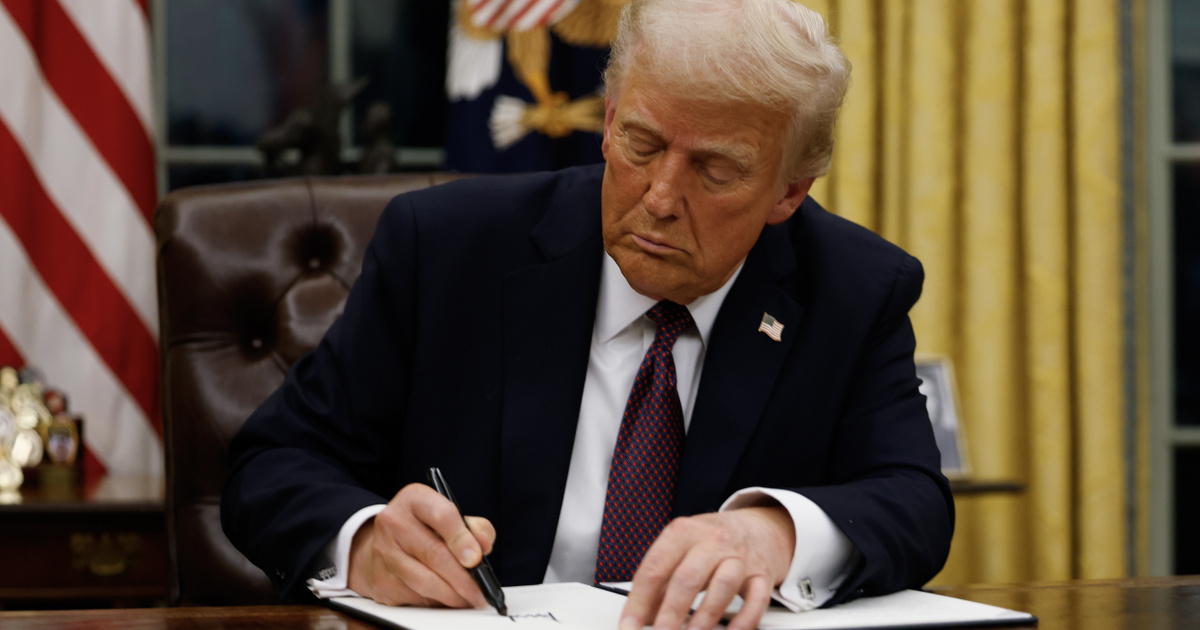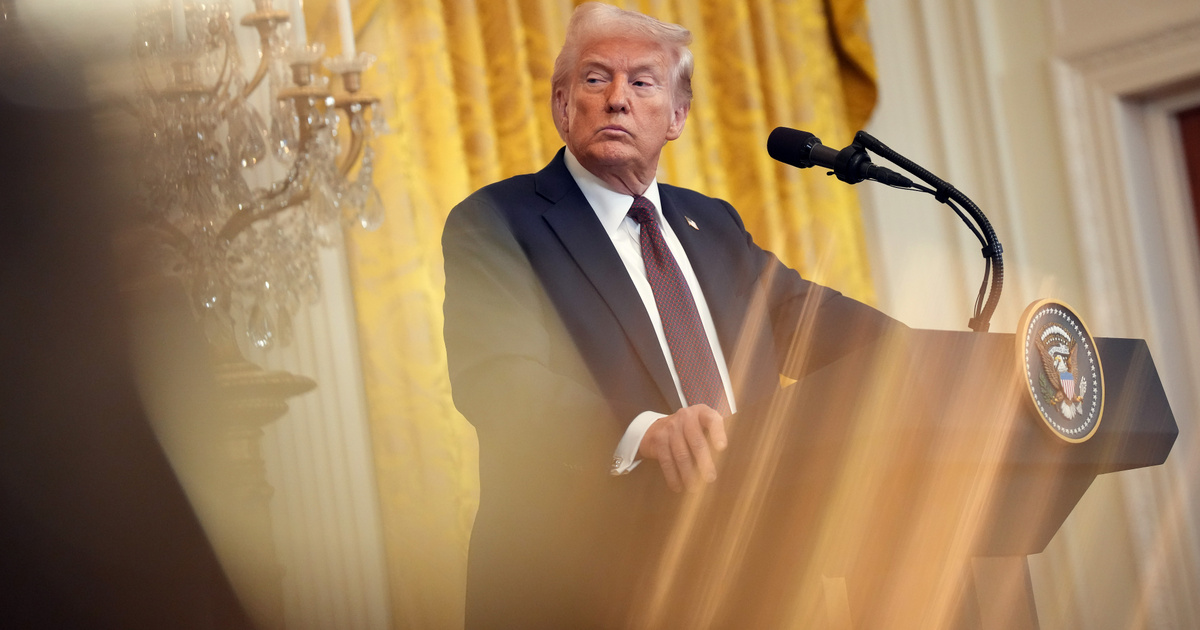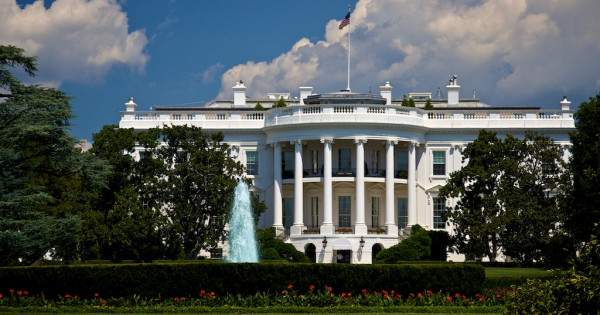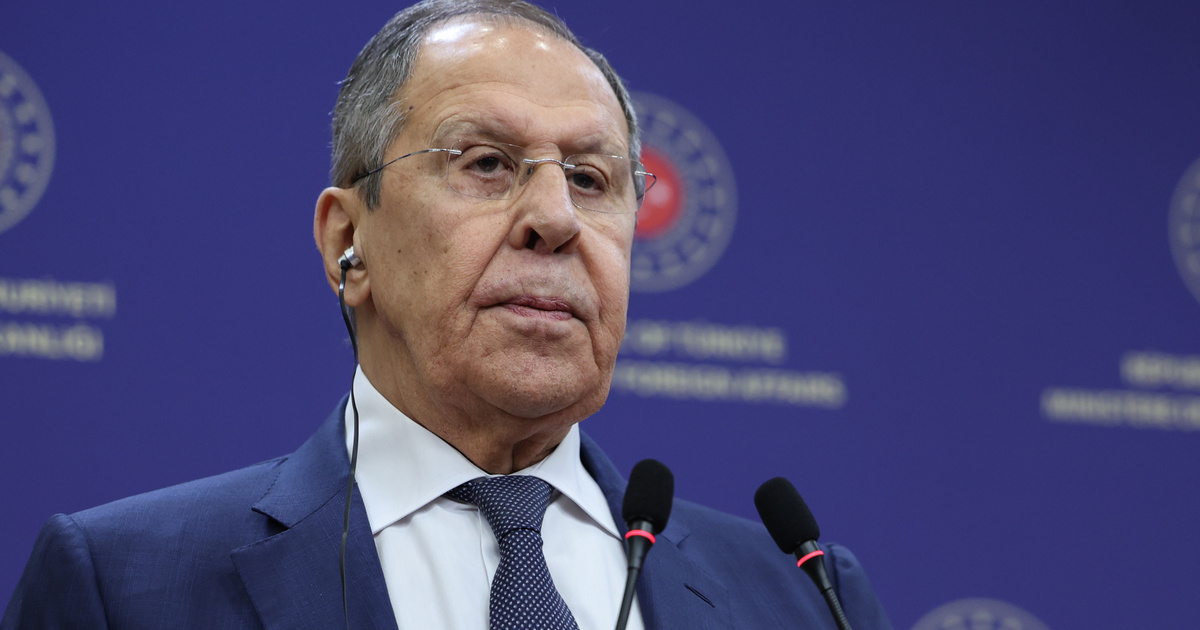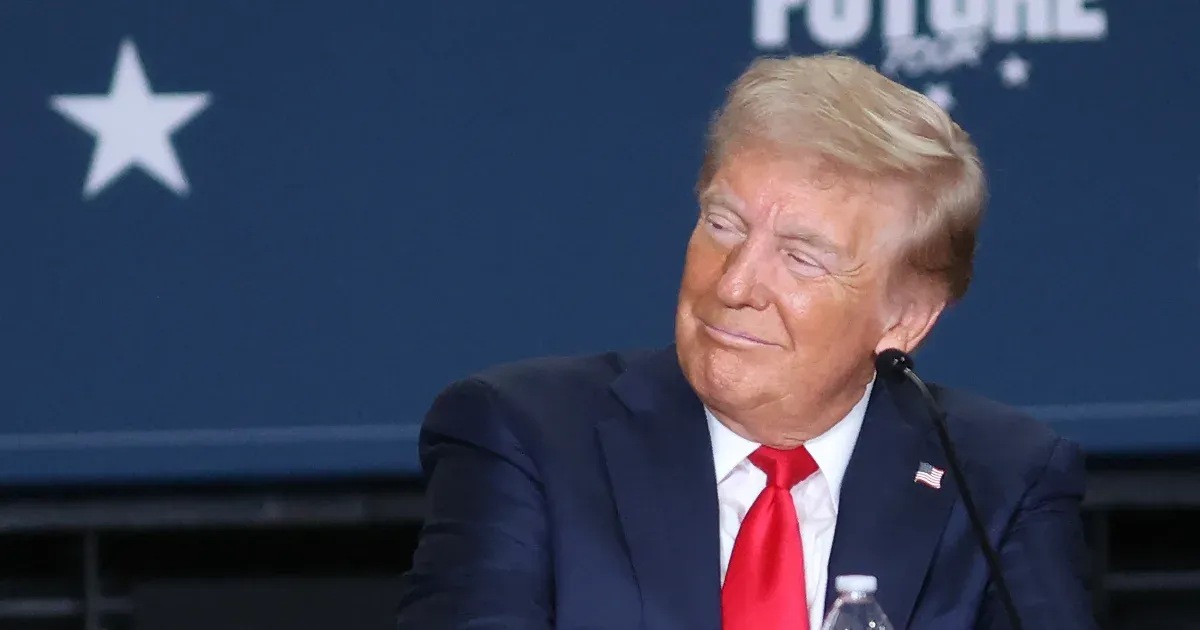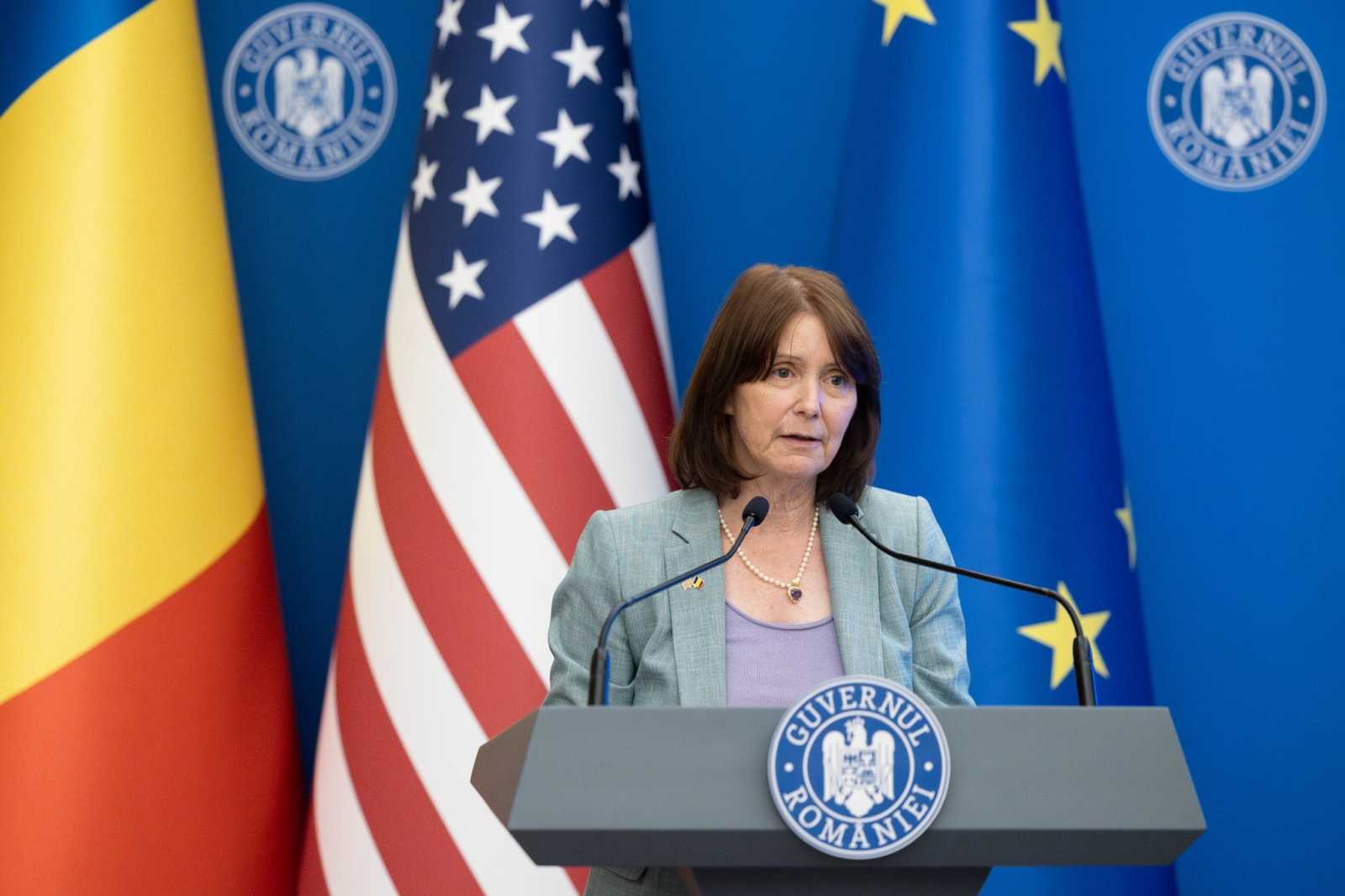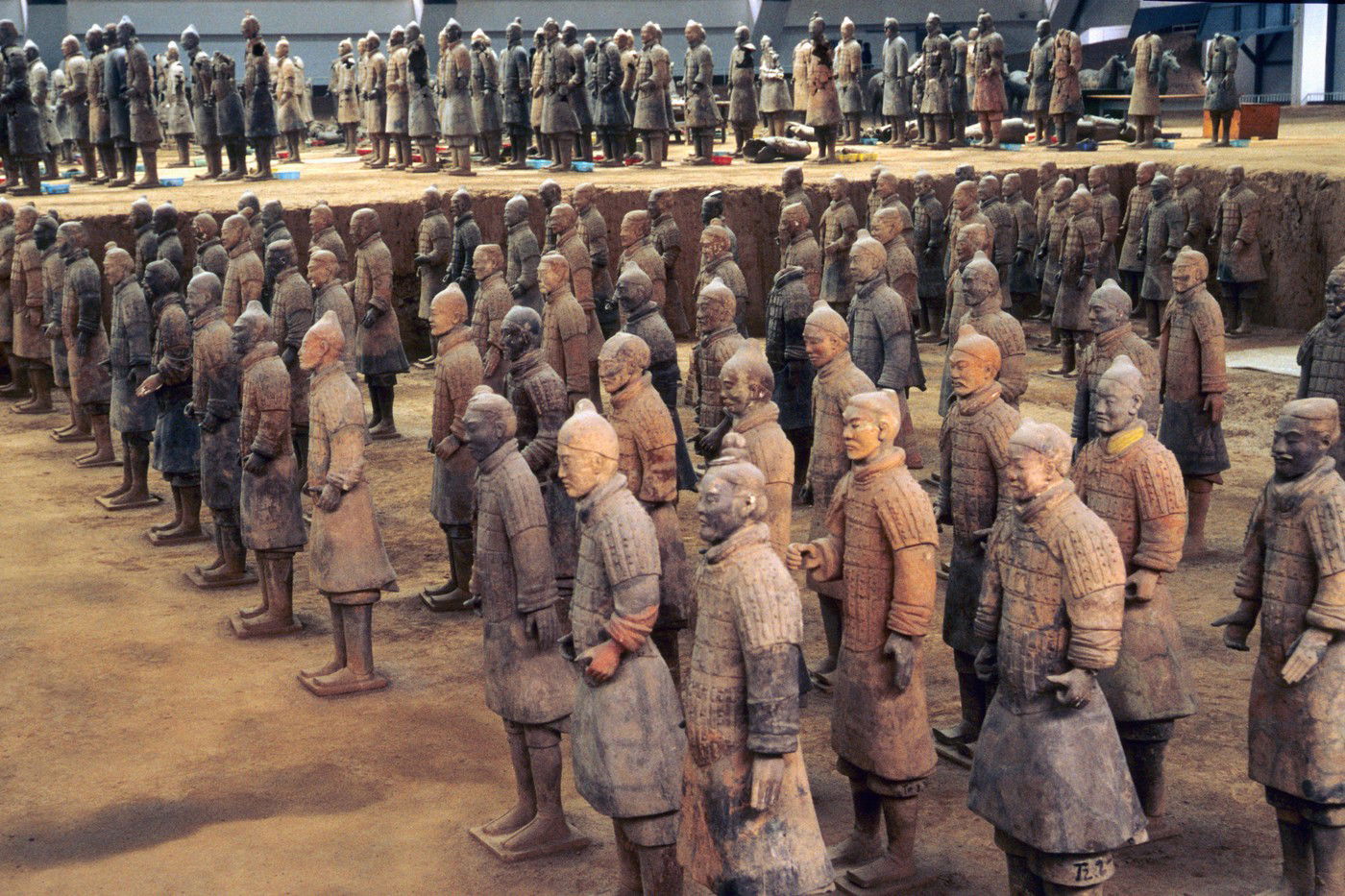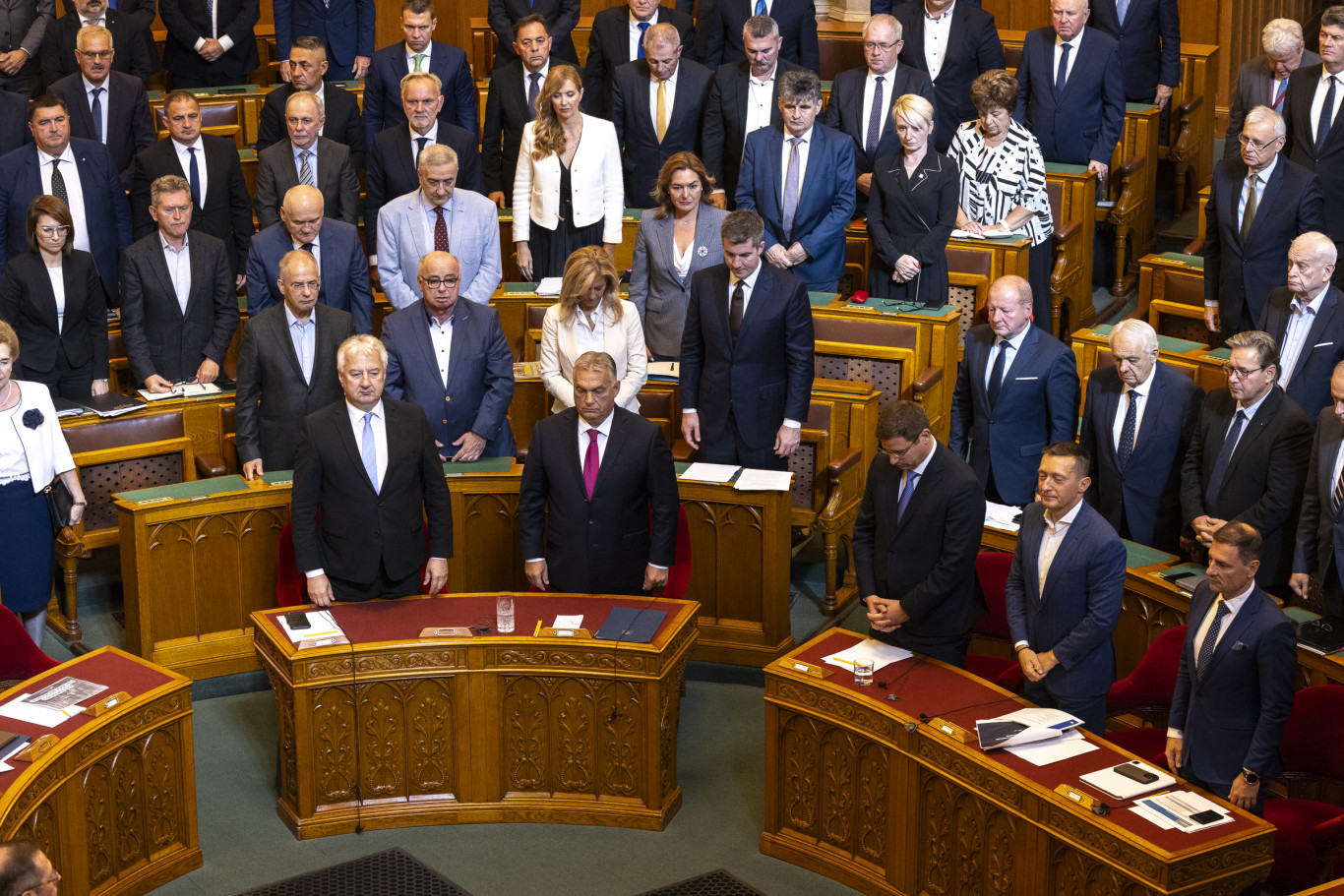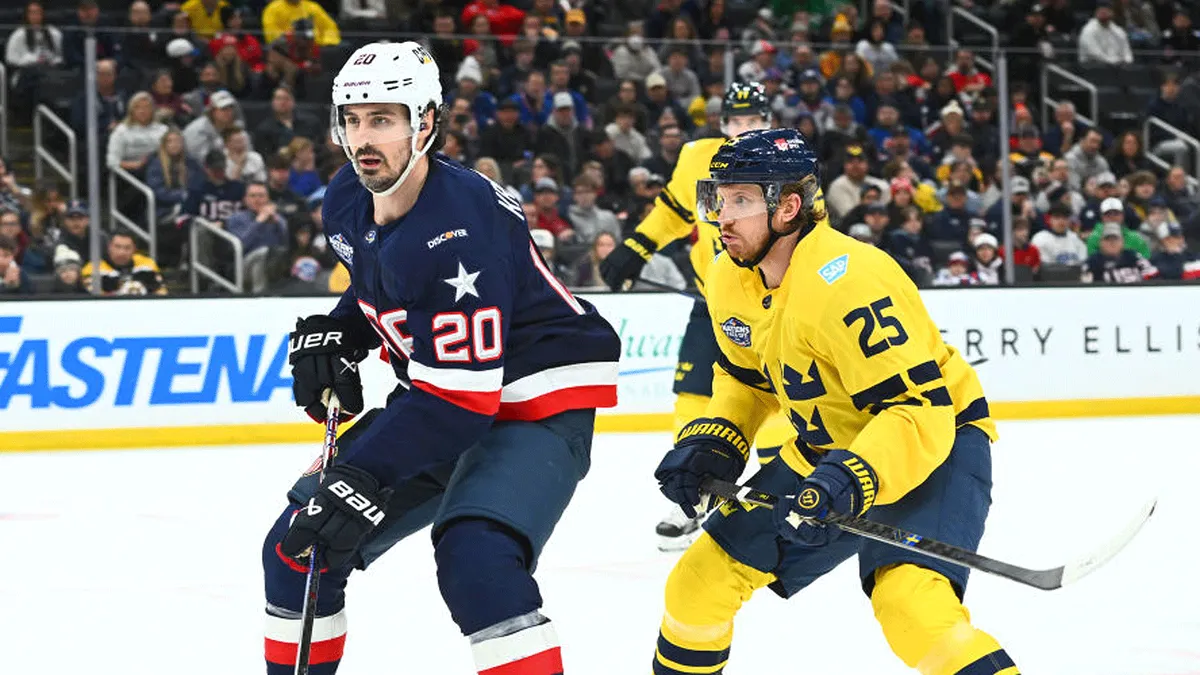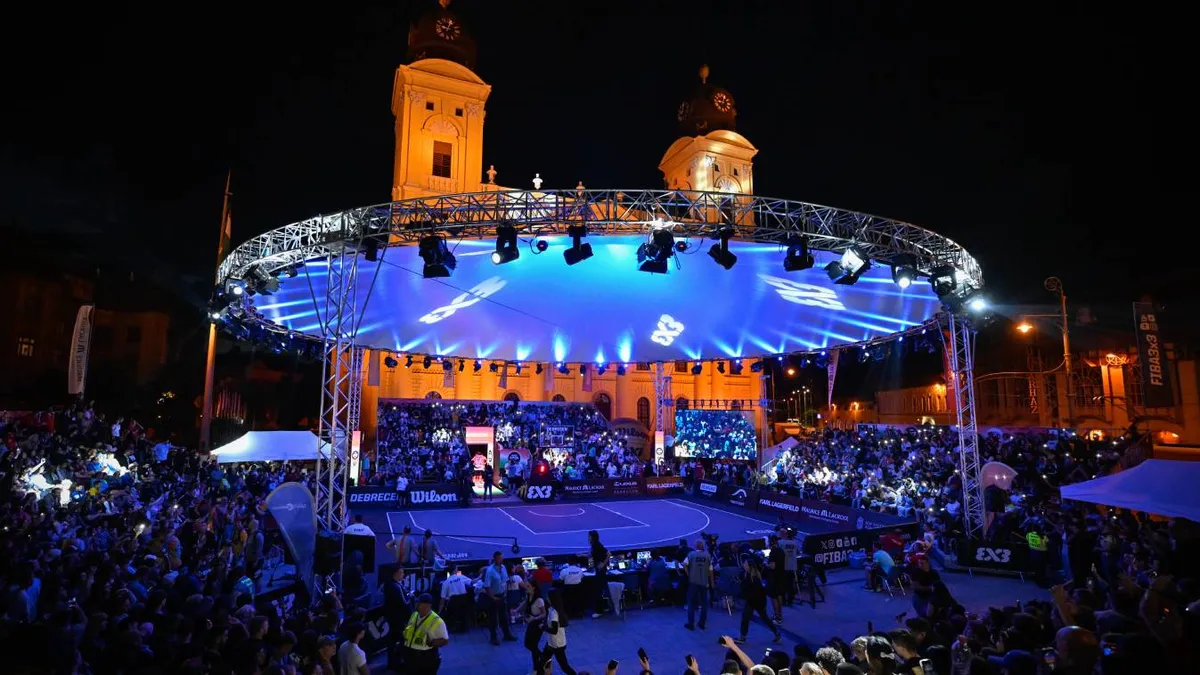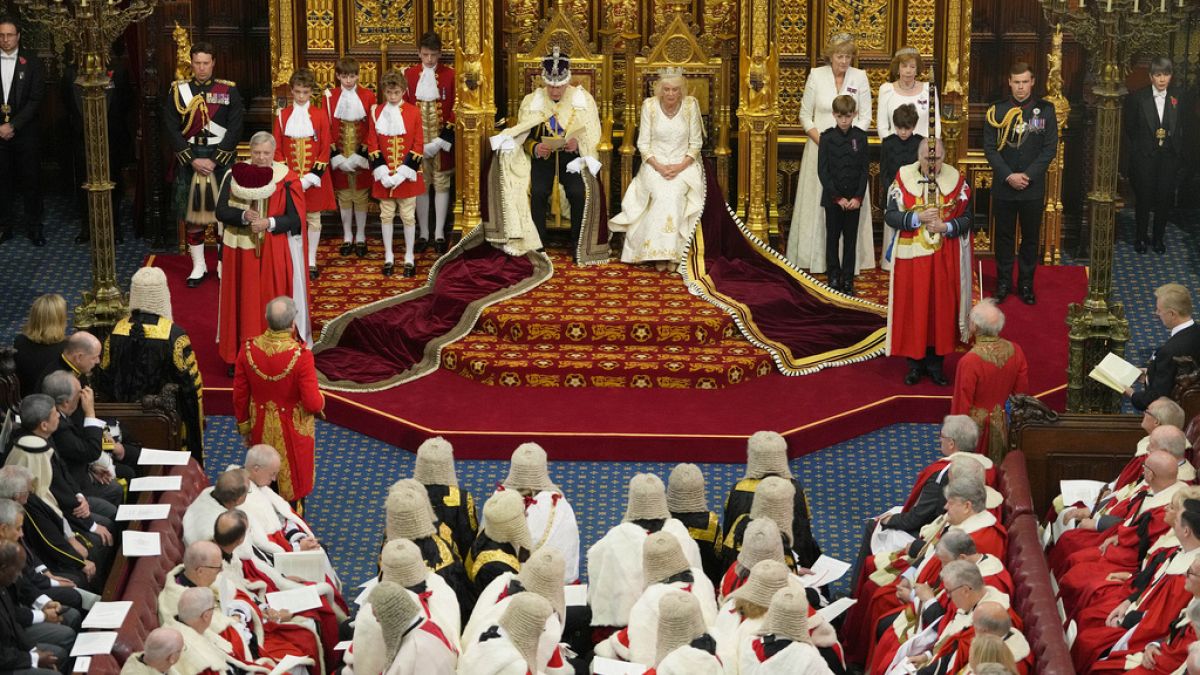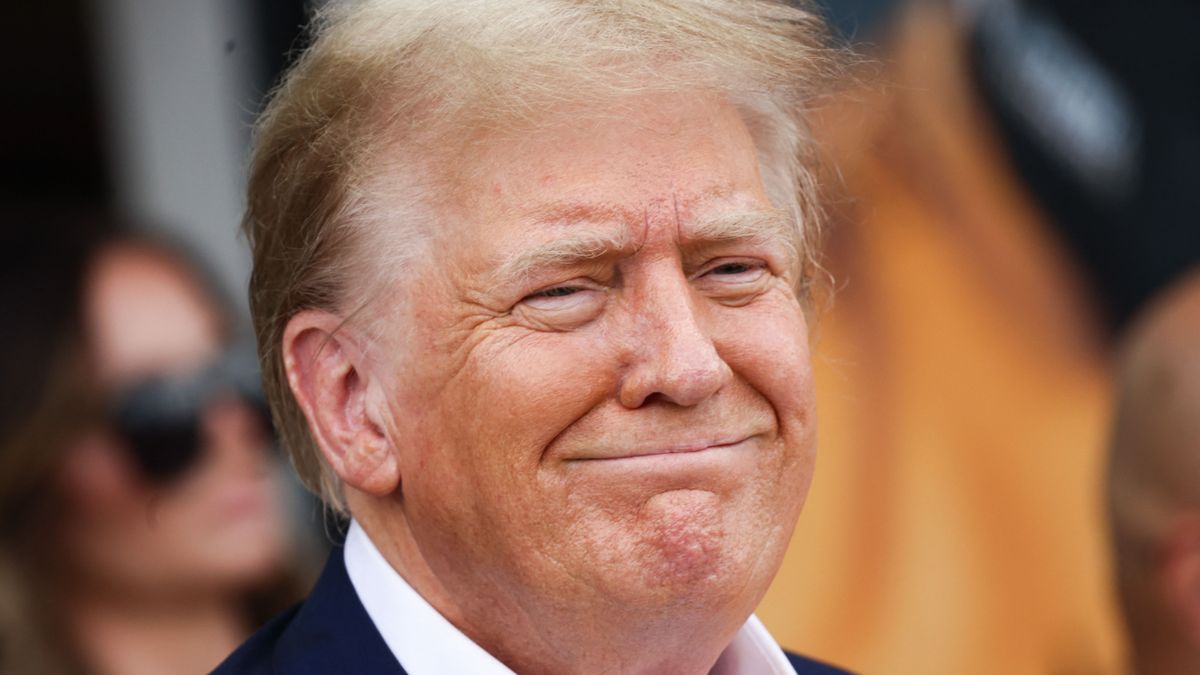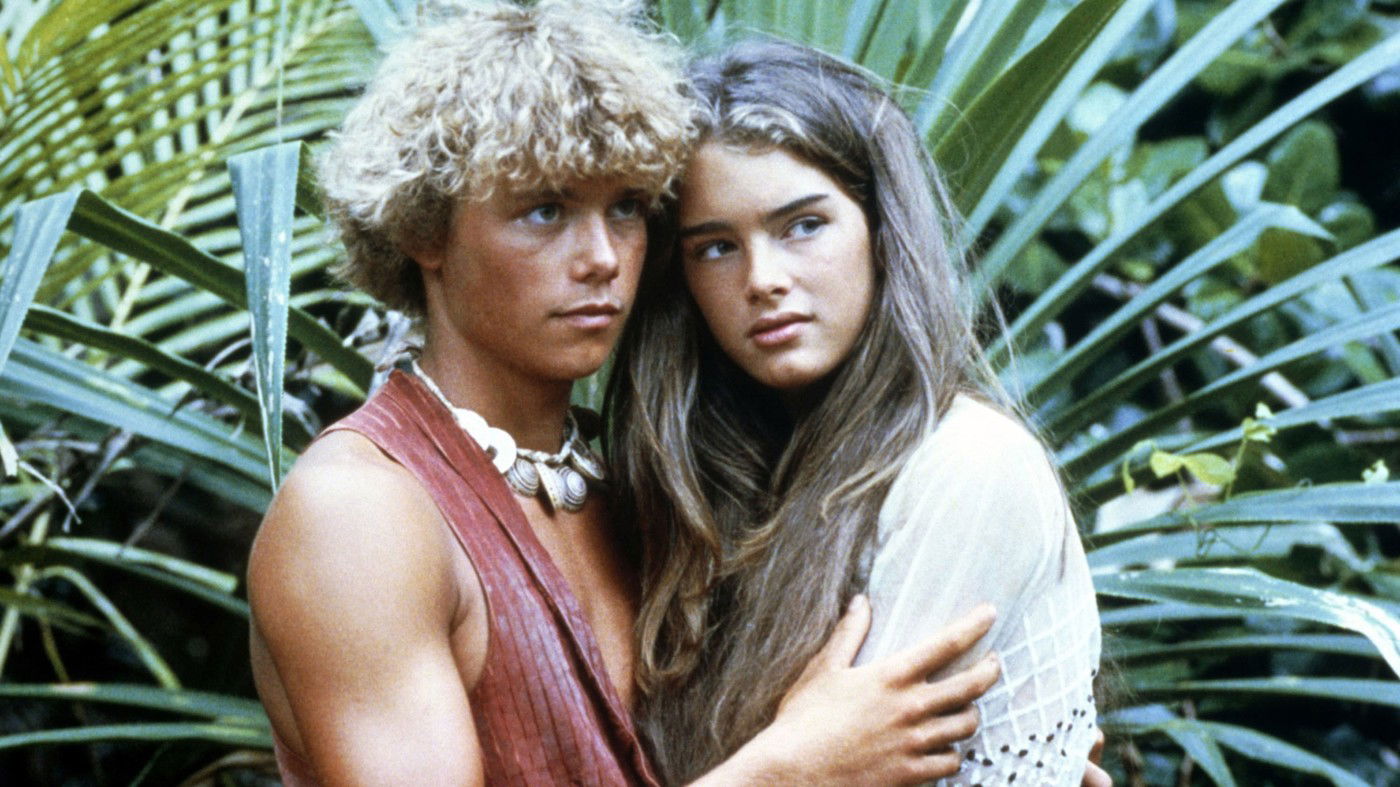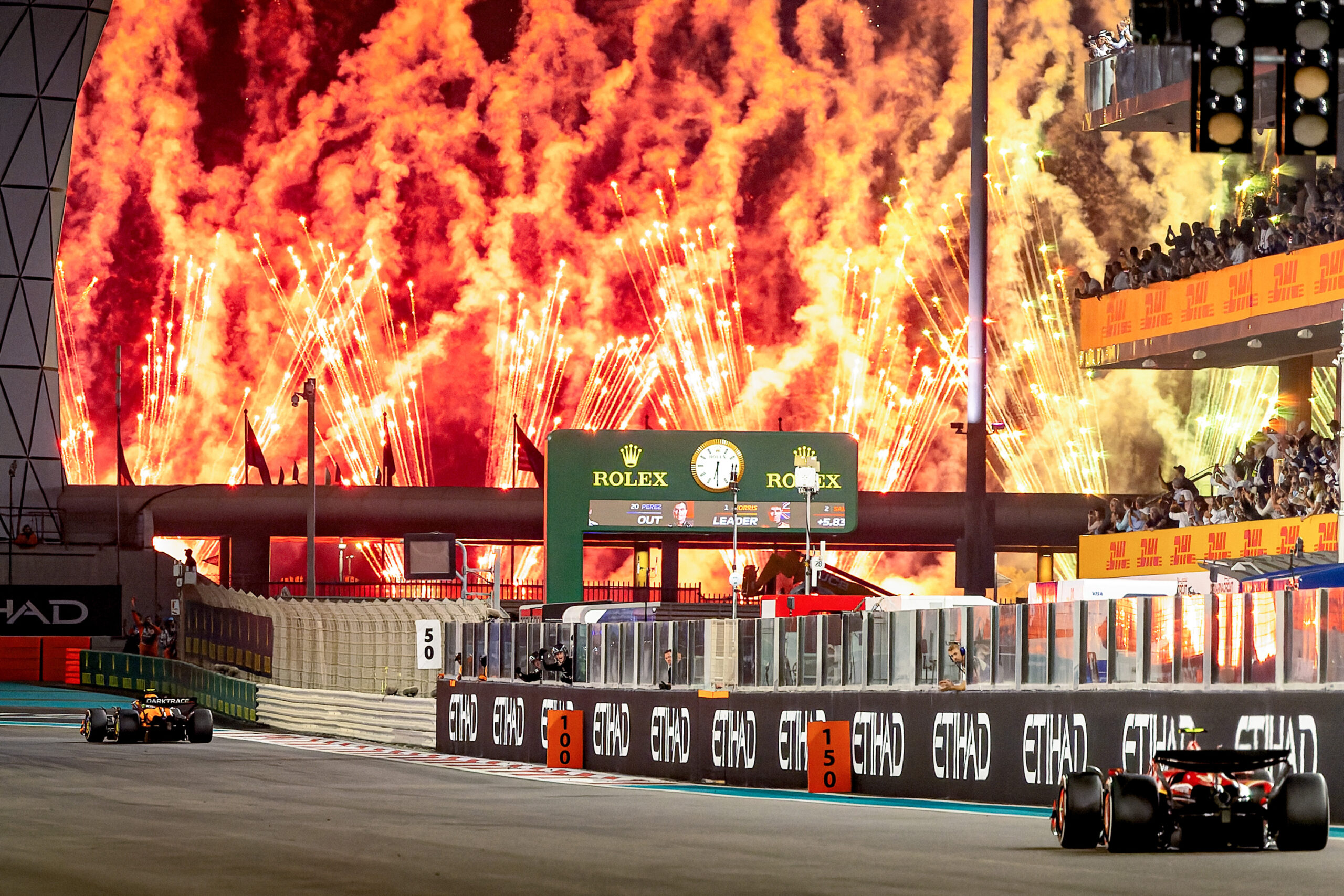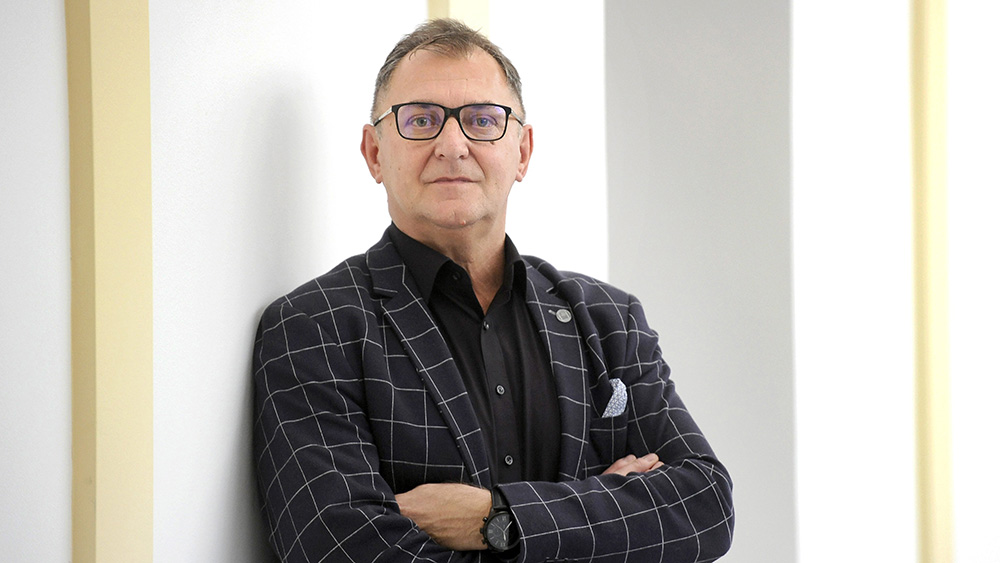“Few people in Budapest see what talent creates in the countryside and beyond our borders. My goal was for the Academy to create regional working groups,” says ballet artist and choreographer János Kiss, Vice President of the Hungarian Academy of Arts, whom we asked on the occasion of his re-election.
He begins his second term as Vice President. Why did you decide it was worth continuing?
I just accepted the nomination. I am glad that so many people believe that I can do something to build the academy. I believe in this community and I believe in the power of art. I am very proud and happy when I think about the results we have achieved so far.
Last year, you raised the importance of regional organization for MMA, and you’ve basically been dealing with this for a year and a half.
My maiden speech in February last year was a somewhat angry summation of the fact that cultural life, contracted during and after the pandemic, is increasingly concentrated in Budapest. However, very important values are also born in the countryside.
After more than forty years in the Gyor Ballet, he knows this situation inside out.
I was born in Budapest, my family and everything else is connected to Budapest, yet I have been a country person for 44 years. I can thank one of the rural towns where Ivan Marko and I were able to start a company. Few people here, from Budapest, see what talent creates in the countryside and beyond our borders. My goal was for the Academy to establish regional working groups. Vizi E. Szilveszter gave us the idea to implement all this in cooperation with the Hungarian Academy of Sciences, as they have regional centers where our rural offices currently operate. Thus, we were able to establish the aforementioned centers cost-effectively. The essence of the Hungarian Academy of Arts, when it was founded in the 1990s, was that distinguished representatives from different branches of art would sit at a table on Kecski Street and get to know each other’s works and ideas. The community of the Seven Rural Working Groups now recalls the informal artistic encounters of those times, and academics have gladly and willingly agreed to participate.
What is the mission of rural action groups?
The most important thing is to establish live relationships, think together, and organize joint programs. Part of this is education through art, which is especially important to me. When we complain that today’s children spend most of their time in front of the computer, it is our responsibility. We are the ones who leave this. We also organize cooperation with civilians. The goal is to strengthen our roots and participate in local cultural life. At the Budapest organization, we also try to create opportunities for academics who are hungry to have conversations and meet each other. We are planning to create an academic club in Walter Rózsi’s villa.
Recently, several questions have arisen from the public about whether or not the Academy takes a position, for example, regarding individual tenders, appointments or amendments to the law.
Emre Mackovic has always viewed the academy as an intellectual compass. Our mission is to represent contemporary Hungarian art. Yes, by accepting criticism, we must represent the independence of our constitutional public body more strongly. Science and art are above politics.
Isn’t it naive to say this today?
Personal trust is always important on dates. It is essential for smooth cooperation between the supervisor and the assigned manager. It is our duty to help the work of the Ministry of Culture and sometimes to criticize. The Hungarian Academy of Sciences has a history and tradition spanning hundreds of years, and we are a constitutional public body in our thirteenth year. So it depends on the wisdom of academics and the presidency, and with what force we can represent our ideas. The cooperation agreement was signed between the two aforementioned institutions in December last year. Many could not believe this could happen. Our task now is to fill all this with content.
Where is the Széchenyi Academy of Letters and Arts located within the Hungarian Academy of Sciences?
They are not a constitutional body, but we have more and more academics who are members of both organizations. There is no other choice: we must work together to make this nation successful. It is a mistake to think that we travel on separate ships. If we give our lives to Hungarian art, we must have a dialogue. There are certainly things we do not agree on, but we have to think together about strategic issues. Without that, I almost said I’d give up. But I never give up hope that there will be cooperation.
In the opening photo, János Kiss is the Kossuth and Ferenc Liszt Prize-winning ballet artist and choreographer, and Vice-President of the Hungarian Academy of Arts. Photo: Gyula Czimbal/MTI

